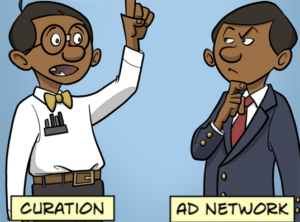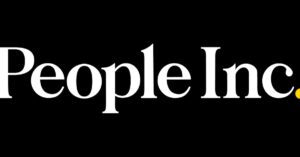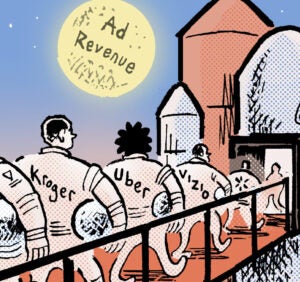Brand safety is not a static concept.
COVID-19 has surfaced how using brand safety as a blunt instrument can de-monetize news publishers during times when information is needed most. And as the pandemic accelerates the adoption of connected TV, digital out of home (DOOH), digital audio and gaming, brands must have a nuanced approach to suitability on each new medium.
Plus, with GDPR and CCPA and the pending deprecation of third-party cookies, advertisers have to reevaluate their brand safety frameworks to ensure they’re compliant with privacy law.
All of these factors mean advertisers must evolve the way they measure, benchmark and optimize for brand safety, said John Montgomery, EVP of global brand safety at GroupM, which released a brand safety playbook for marketers on Wednesday.
“The evolution of brand safety and the fact that it will continue to morph into new things means we need to build new risk mitigation techniques to keep clients safe,” he said.
Finding a safe place to advertise in a crisis
As advertisers rushed to block keywords and avoid articles related COVID-19, they devastated news publishers’ ability to monetize crucial information.
But 82% of brands don’t actually want to avoid hard news, GroupM found in a study of its 50 largest clients. Using more nuanced tools that take context into account and allow brands to combine keywords can help them avoid over-blocking content.
“By having more sophisticated keyword strategies, you can advertise in the news areas while avoiding articles about really bad news,” Montgomery said.
GroupM is building lists for clients of trusted global and local news organizations that they can remove from blocklists, and is partnering with TripleLift to direct clients toward hard news.
“News is an effective medium,” Montgomery said. “Advertising with a trusted medium like a local newspaper works better, and the trust rubs off.”
Fake news, however, continues to proliferate and grows harder to detect, especially with the rise of deepfakes. GroupM keeps an exclusion list of 350,000 sites that have peddled disinformation, but that’s not a proactive solution to the problem.
“With COVID, the Black Lives Matter demonstrations and the election, there’s going to be so much disinformation everywhere,” Montgomery said. “That’s going to be very hard to detect.”
Measuring privacy problems
Cookie deprecation and privacy law will force marketers to depend less on independent third-parties to measure and optimize brand safety.
“The deprecation of third-party cookies obviously makes it more complex for us to measure,” Montgomery said, “but it’s also safer and more respectful for consumers.”
There are still ways to measure and evaluate brand safety and performance without cookies, but they rely on walled garden “clean rooms” or publisher first-party data. Both options require marketers to give up control and let media owners grade their own homework.
“We’re going to have to rely more on the data that comes out of the platform, and it’s going to make them more powerful,” Montgomery said. “As much as we would like to trust the platforms, it’s just never comfortable when they’re measuring themselves.”
Marketers have successfully pushed platforms to share some data, create clean rooms and obtain necessary third-party benchmarks such as MRC accreditation. But privacy law puts pressure on marketers to find new ways to independently measure brand safety and performance.
“If you look at where we were three years ago vs. today, it’s much better,” Montgomery said. “However, until we can measure in a truly third-party way, it’s never going to be entirely comfortable.”
A whole new world of brand safety
The rise of streaming during COVID-19 lockdowns presents new challenges for advertisers navigating brand safety.
CTV is fragmented and lacks measurement standards, meaning advertisers buying programmatically or through an aggregator won’t have visibility into where their ads run. That increases the chances of a contextual brand safety issue or the possibility of buying fraud.
GroupM advises clients to buy CTV inventory directly from publishers or programmatically using ads.txt files to avoid potential brand safety issues.
“It’s not just Apple and Android,” Montgomery said. “There are 50 different operating systems we have to use.”
Digital out of home and digital audio present their own adjacency and measurement issues, due to fragmentation of supply and a lack of standards. For DOOH specifically, brands must carefully vet location data if they plan to do closed-loop attribution with mobile devices.
“If you don’t know the source of the data, it’s dangerous,” Montgomery said.
Brands also have a huge opportunity to reach audiences through gaming, but must be wary of inherent risks. In live gameplay, brands should ensure players align with their brand values. And in mobile gaming, brands should vet in-app inventory especially carefully, as many apps don’t have open measurement SDKs.
“Because gaming is a nascent area, there are more risks,” Montgomery said. “Most clients assess gaming based on its merits and their specific risk profiles.”
















